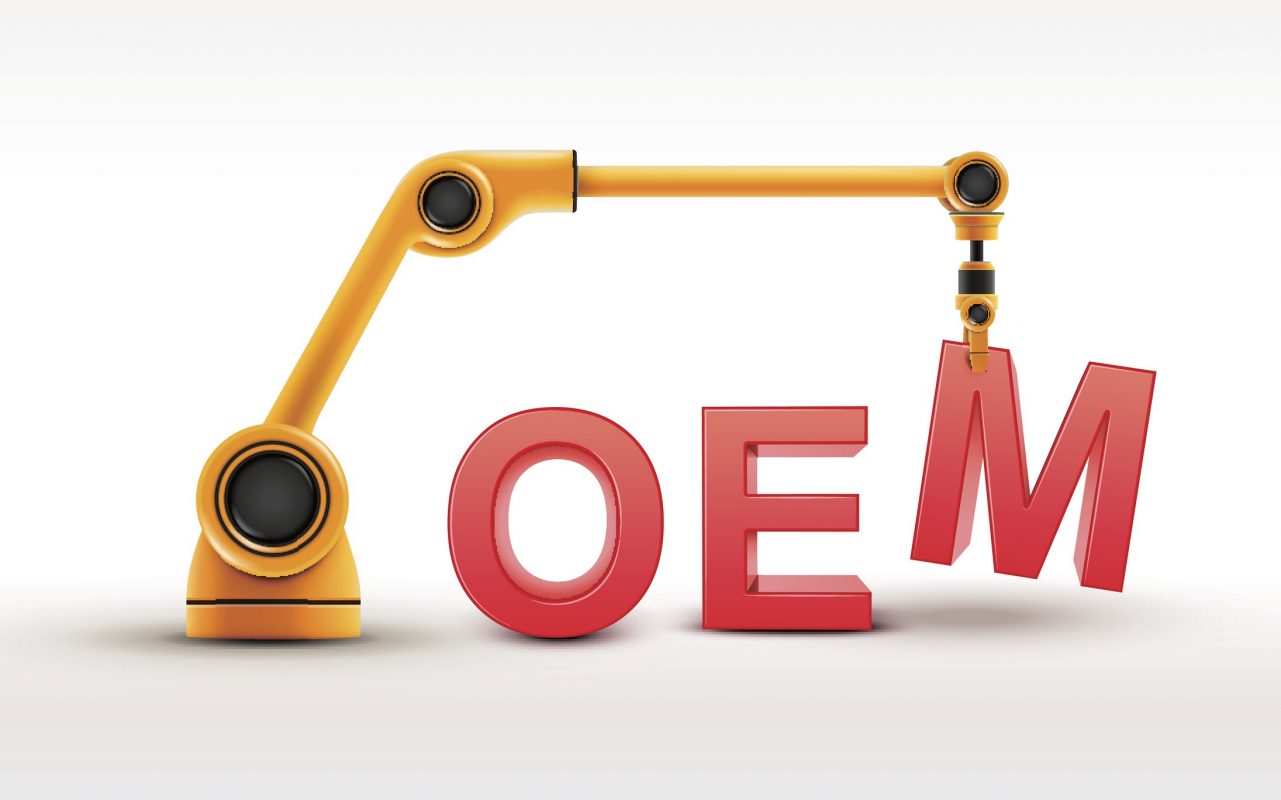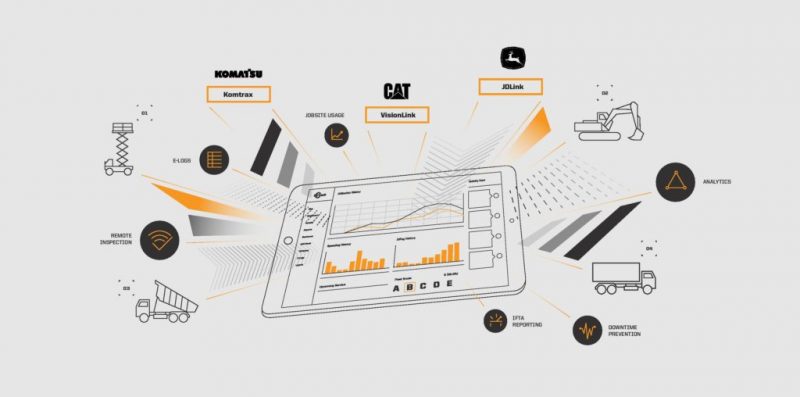Global supply chains are being impacted by COVID-19. In order to more effectively recover from the issues caused by the global pandemic and sustain success in the future, strengthening the resilience and agility of the OEM supply chains is a must.
Global supply chains of OEMs from automakers and heavy equipment producers to electrical equipment companies are being impacted by COVID-19. As part of prevailing during the recovery, such industrial companies will need to create more resilient and agile supply systems.
Supply chains are facing multiple challenges that are having adverse effects along all dimensions. Examples of these challenges include worker and operations safety; production difficulties due to inventory imbalances; manufacturing excess or capacity shortages; shipping restrictions; and labor availability.
Among the most challenging issues is satisfying uncertain demand in some instances while keeping pace with accelerated demand driven by supply shortages. In this environment, OEMs will need to improve the resilience of their supply chain by ratcheting up the ability of their organization to sense, understand, and anticipate radical shifts in demand, and develop more agile business systems that can rapidly adapt and respond to it.
Key to achieving these improvements will be to create an intelligent supply chain that includes providing the organization’s workforce with new ways of using digital technology. Moreover, there are a range of other actions companies can take to enable the OEM supply chain to withstand significant changes in its environment and enhance agility.
Resilience building
- Establish a real-time control tower for optimal visibility of potential process incidents, such as ruptures, major plan deviations, quality, lead-time, and cost issues.
- Improve the ability to anticipate and mitigate volatility and risk using the control tower and embedded predictive analysis.
- Prioritize demand across customer segments to address supply shortages.
- Reskill the workforce to enable greater flexibility in making needed changes and corrections.
- Institute near real-time simulation to more effectively assess changes required to quantify performance impacts and future projections.
Providing agility
- Accelerate flexibility and differentiation of products to provide faster customization.
- Use the operating model process and structured decision-making to aid the control tower and signals detection to expedite faster decision-making.
- Create agile systems that can rapidly respond to changes that include quickly reconfiguring manufacturing modular assets.
- Connect with ecosystem partners that can aid in responding quickly to customer needs and challenging demand.
- These supply chain steps are fundamental to setting the foundation for helping industrial organizations address current and new issues that will likely arise during the recovery. For example, there remains a high dependency on the human workforce that will be even more critical to prevailing during the recovery. And this will include the need to fill talent gaps.
-

OEM supply chain to withstand significant changes in its environment and enhance agility.
Creating a vision
As industrial manufacturers deliver products, services, and experiences around the world, they also are facing multi-country OEM supply chain disruptions. Companies are also having difficulty distributing parts and materials and tracing the country-source of products. These are all challenges that industrial organizations should be prepared to act on.
Going forward, it will be important to have a vision. The value supply chain of OEMs is as broad as the supply chain and can yield invaluable insights into cost control and growth opportunities that will be essential to succeeding in the current environment.
Companies should engage in scenario planning that includes assessing the organization’s strategy resilience against extreme world developments, and gauging supply chain resilience against current and potential business targets. In addition to digitizing the supply chain wherever possible and re-thinking worker roles, augmenting operations with automation such as robotics should be considered along with re-imagining the back office to aid agility. Given that companies are experiencing budget constraints, automating and re-inventing the back office could add value that can be re-directed to investment in supply chain capabilities.
OEM Supply chains are at the heart of enabling industrial companies to serve a wide range of business customers and consumers. Strengthening their resilience and agility will help companies more effectively ramp up during the recovery and sustain success in the future.
Source: Automation World


 Tiếng Việt
Tiếng Việt
